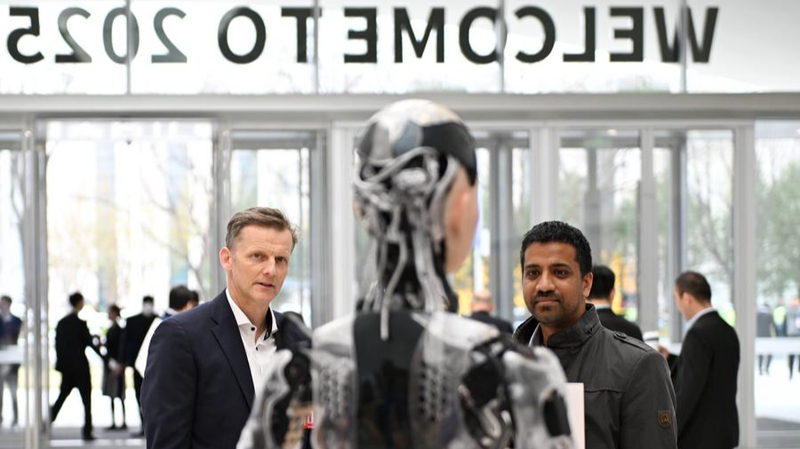Challenging the China Shock Narrative
Stories about mass job losses and cut-throat AI competition have made headlines. But what’s the real impact of China’s rise? Let’s dive in.
Numbers Tell a Different Story
Contrary to talk of factory closures, total US employment has remained stable—and even edged up. According to a recent report by the Wall Street Journal, each US region saw an average net employment gain of 1.27 percent from trade with China, researchers at the U.S. National Bureau of Economic Research found. Lower-cost imports help businesses and consumers by reducing expenses, fueling growth in new sectors.
Cheaper goods from the Chinese mainland also free up resources for developed economies to invest in advanced manufacturing and high-end production—just as AI reshapes the job landscape.
AI as a Global Catalyst
Rather than a closed-off contest, China’s approach to AI emphasizes openness and collaboration. Open-source models from innovators in the Chinese mainland offer accessible AI tools to programmers worldwide—lowering barriers for startups and established firms alike.
On the diplomatic front, China’s call for a World AI Cooperation Organization aims to accelerate AI adoption in Global South countries and set a thriving path for emerging tech hubs. For advanced economies, this catfish effect can spark a race to the top, much like how early US tech pioneers fueled the growth of Chinese firms—and may now learn from their success.
Whether you view a China shock or a China opportunity, the data and stories show a more nuanced reality: global trade and tech collaboration can co-create benefits, not just competition.
From a digitally savvy innovator in São Paulo to a startup founder in Johannesburg, understanding this balance can shape the next chapter of global growth and innovation.
Reference(s):
'China shock' or 'China opportunity': What has China actually done?
cgtn.com




